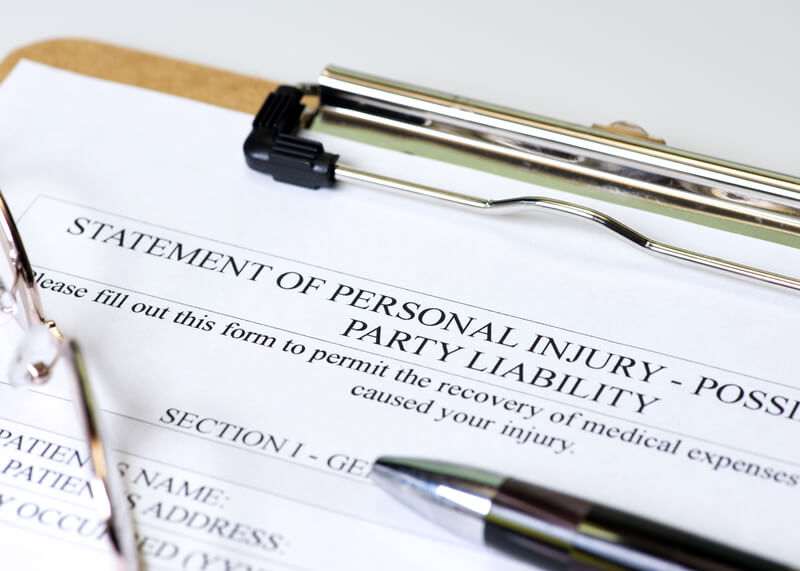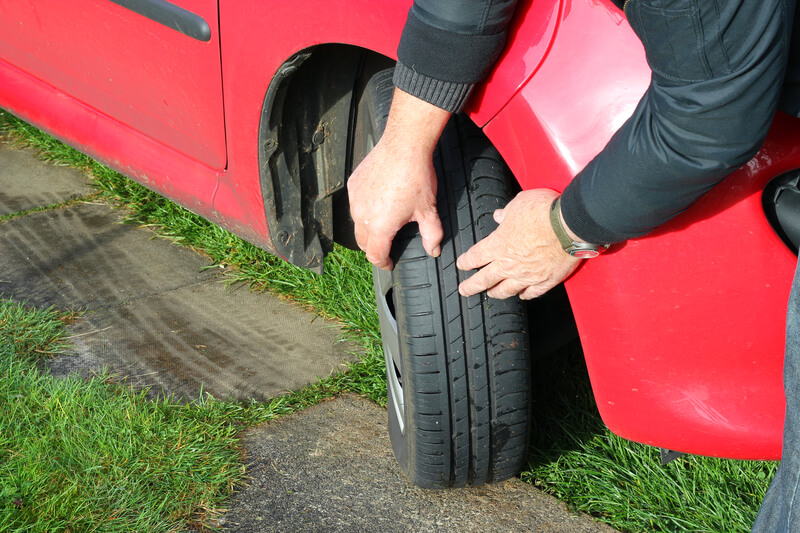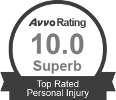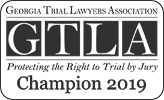Whether it’s the daily struggle home after work, a cross-town connection to a child’s sports practice or lesson, or just a poorly timed trip to the grocery store, Atlanta traffic can easily leave us flustered and frustrated. Light traffic days can seem miraculous, while extra delays—water main replacements, movie shoots, highway construction, lane closures—can knock our schedules out of whack.
It’s probably no surprise to Atlantans then that our metro area ranks in the top 10 worst for commuters, coming in at No. 3, in fact—just behind Houston and Chicago, and ahead of Los Angeles. The ranking comes from the home-buying research site Clever, which compiled data from different sources, including hours lost to traffic, public transit scores, average fuel costs and insurance premiums, among other factors. Residents of the cities in the worst 10 not only spend more time in traffic jams, but they also spend more money, with higher gas costs and insurance premiums.
And, of course, traffic problems and consistent traffic congestion help contribute to another expensive hazard: accidents, with their associated vehicle costs, medical bills and lost time at work.
So, are there ways to avoid accidents during peak traffic times? Can we game Atlanta’s traffic patterns, learning when it’s best to steer clear of certain main arteries and find alternate routes? Or can we even find ways to readjust our schedule or mode of transport, shifting some of our precious time off the road
When is peak rush hour in Atlanta?
Atlanta traffic can seem to materialize out of nowhere, but drivers can typically expect the worst of it from about 7 a.m. to 9:30 a.m., for morning rush hour, and then again from about 4 p.m. to as late as 7:00 or 7:30 p.m., for evening rush hour. Fridays, holiday weekends and the school schedule can all affect patterns, as can accidents, major events in the city and construction.
News channel 11 Alive has even covered something known as “phantom jams,” where a sudden delay emerges in high-density traffic when one driver changes speed and sets off a cascade of slowdowns. (The advice of the cited researchers? “Be a Zen driver.”)
There are also areas of the city that tend to have the worst bottlenecks. These include plenty on Atlanta’s highways, including Interstate 285 at I-85 North, I-75 at I-285 North, and I-20 at I-285 West, according to WSB-TV. Downtown Atlanta, Midtown and Buckhead also often have traffic congestion, along with other Atlanta neighborhoods, in-town cities and metro suburbs.
How to avoid rush-hour accidents
According to the National Safety Council, rush hour isn’t just a heightened time for low-speed fender-benders. It’s also the peak time of day for fatal (as well as nonfatal) crashes, specifically from 4 p.m. to 7:59 p.m. While these times vary depending on the season—stretching later during the summer, when people are more likely to venture out after work and teens are out of school—rush hour can be a dangerous time of day, one that demands drivers’ full attention and focus.
The top factors in fatal crashes show the biggest risks drivers face on the road, while also offering a blueprint for how best to direct focus and stay safe. They are, according to the NSC:
- Unsafe speed
- Careless driving
- Failure to yield right-of-way
- Improper lane usage
- Failure to obey a traffic sign, device or officer
- Operating the vehicle in an erratic, reckless or negligent manner
While you can’t control the actions of other drivers, you can drive defensively, assuming that the other folks on the road might be careless, distracted or will fail to follow the rules of the road. You can also:
- Leave earlier to avoid the stress of unexpected (or entirely predictable) delays.
- Know your route, so you have the ability to override GPS or Waze directions if they’re suggesting highway-hopping or lots of “shortcuts” that end in left turns onto gridlocked thoroughfares.
- Avoid tailgating.
- Use caution during left turns, and never assume someone’s signaling (or lack thereof) is certain.
- Be careful merging or changing lanes.
- Check 511, the Department of Transportation’s real-time traffic navigator.
- Drive distraction free.
That last point—driving with minimal distractions, including those created by eating, setting up music, using the car’s center console screen, or handling a device—is especially key. From 2014 to 2023, the percentage of drivers using hand-held devices increased 36 percent, according to NSC. Distracted driving can slow your reaction time to pedestrians, cyclists, road hazards, sudden maneuvers by other drivers, or just the phantom jams described earlier.
Tips for minimizing rush hour stress
Sometimes, traveling during heavy traffic is unavoidable—a work schedule is set, a doctor’s appointment is across town or an errand can’t wait. But there are ways to minimize rush hour stress and avoid some of the worst traffic. Depending on your circumstances, consider the following ideas for steering clear of Atlanta traffic at least in part (or maybe altogether):
- Use public transit: While Atlanta ranked No. 21 for public transit, according to that Clever report, Marta can be a helpful tool for getting around town without completely relying on a personal vehicle. If you live and/or work near the main Marta lines, it’s often a direct connection by train. Buses offer further connectivity, and neighboring transit systems or shuttles (including Cobb LINC, Ride Gwinnett, Xpress, the Buckhead Uptown Connection, the Atlantic Station Shuttle, the Tech Trolley and the Emory Shuttle) also help expand the system. While you may still spend time in traffic, you won’t be behind the wheel, making it a good chance to read, listen to podcasts or come up with your next big idea.
- Walk or bike: Some areas of Atlanta may be hard to navigate for all but the most seasoned bikers, but the city’s bike lane and trail infrastructure is growing. Consider walking or biking for errands around your home or work, or prioritize housing that allows you to minimize time spent in your car.
- Shift your schedule: Frustrated by peak traffic, some Atlanta drivers get creative with their working hours, choosing night shifts, shifting working hours to avoid the worst of rush hour or piggybacking a gym visit onto a commute. While it’s not possible for everyone, see if your schedule allows at least occasional breaks from rush-hour driving.
- Consider the kids’ schedule: Traveling from point A (work) to point B (school, daycare or aftercare) to point C (kids’ activities) can add an extra challenge to rush-hour travel. Ask if other parents are interested in carpooling to sports practice, tutoring, music lessons, dance class or gymnastics. When choosing afterschool options, consider on-site programs or ones that make pickup easier. And, if you live near enough to school or the bus stop to walk or bike, consider sharing that time to unwind rather than spending it in the car, even if it requires a slightly earlier wakeup call.
Atlanta Personal Injury Law Firm
If you’ve been involved in a rush-hour crash, you need a personal injury lawyer who understands these cases. If you need help, contact the car accident lawyers at Litner + Deganian for a free consultation.












